Investing in women
For International Women's Day, we meet two women from Murray Edwards, one of Cambridge's two Colleges for women
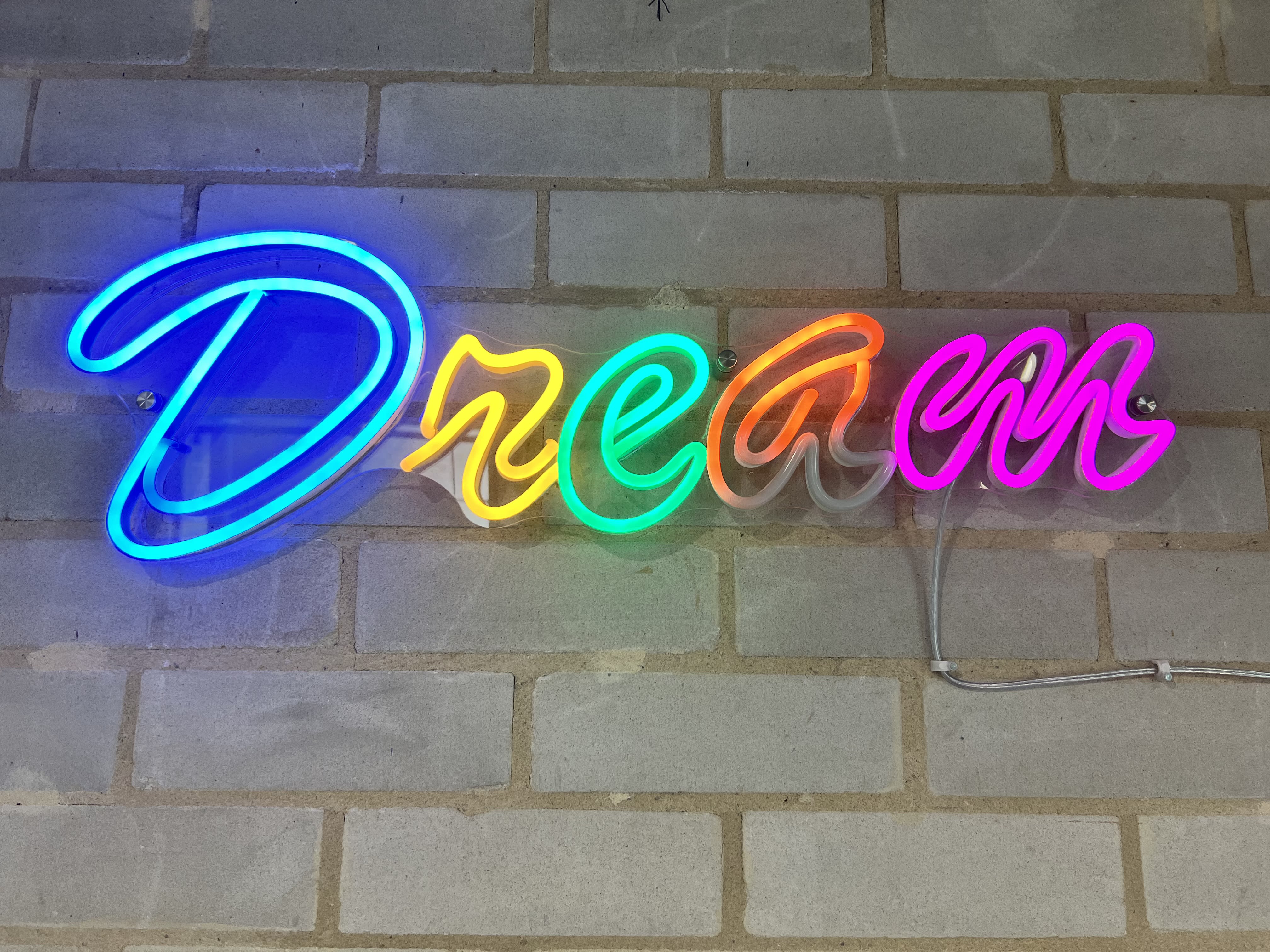
This International Women's Day, we speak to two proud Murray Edwards women. Affectionately known as 'Medwards', the Cambridge College was founded in 1954 by women who defined for themselves what a woman should be and set no limits on their potential.
Women had only been allowed to graduate from Cambridge for eight years, when 16 female students moved into a house on Silver Street and the newest women's College, then known as New Hall, was born.
In the 70 years since, New Hall has grown and evolved, moving in 1964 to iconic new modernist buildings designed by Chamberlin, Powell and Bon - the architects who would go on to design the Barbican. In 2005, the College received a landmark £30m gift from alumna Dr Ros Smith and her then-husband Steve Edwards, securing its financial future. It was renamed Murray Edwards College, reflecting the generosity of the Edwards family and the vision of its founding president, Dame Rosemary Murray. The College is now home to up to 700 female undergraduate and postgraduate students.
Here we speak to Ann Cullen, one of those first pioneering women in Silver Street in 1954, and Katherine Perry, a current Medwards student, to hear their experiences and insights of living and studying in a space for women.
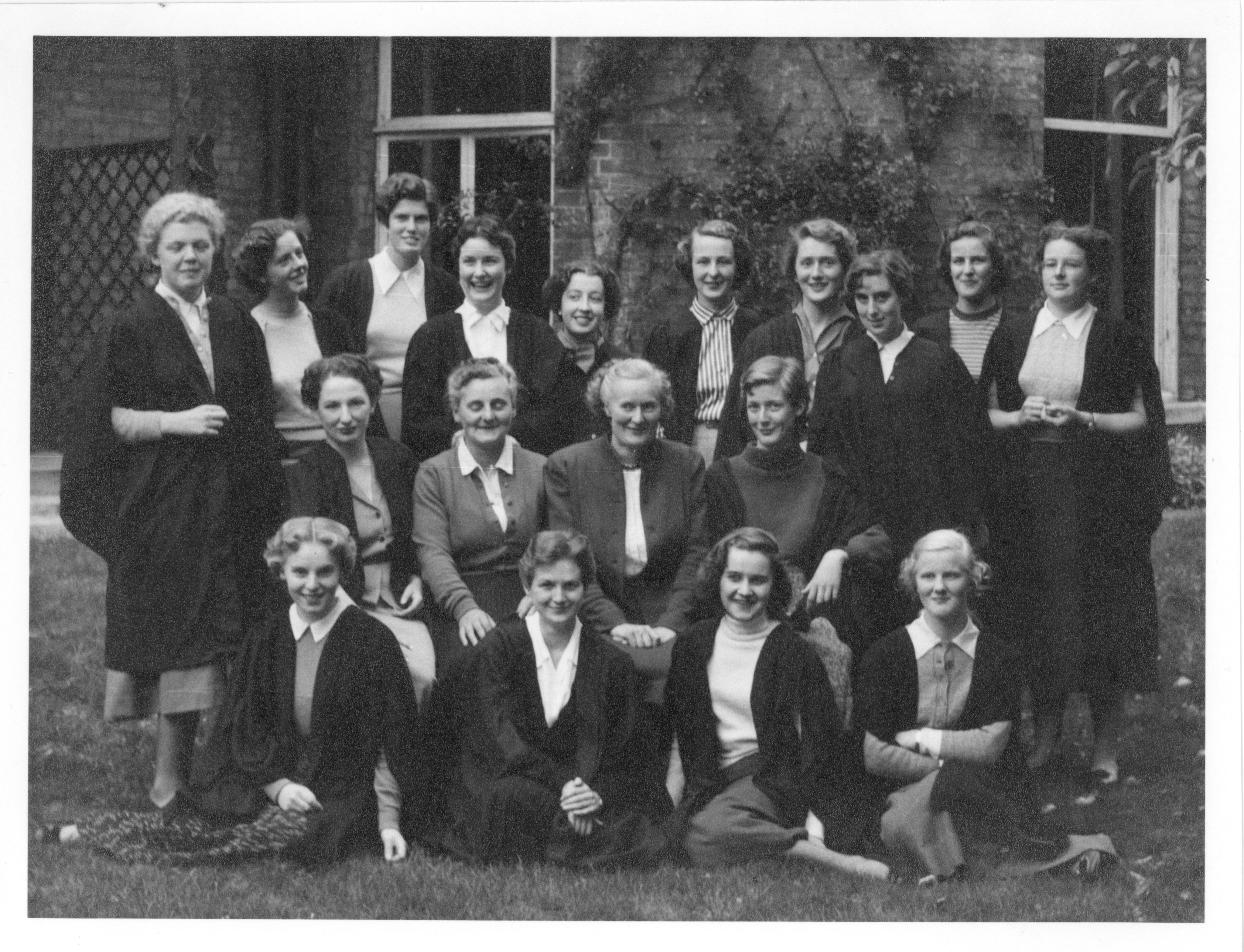
Matriculation photo of the first cohort of New Hall students in 1954. Ann Cullen is back row, centre, fifth from left. Credit: Ramsey & Muspratt Limited
Matriculation photo of the first cohort of New Hall students in 1954. Ann Cullen is back row, centre, fifth from left. Credit: Ramsey & Muspratt Limited

Matriculation photo of the first cohort of New Hall students in 1954. Ann Cullen is back row, centre, fifth from left. Credit: Ramsey & Muspratt Limited
Matriculation photo of the first cohort of New Hall students in 1954. Ann Cullen is back row, centre, fifth from left. Credit: Ramsey & Muspratt Limited
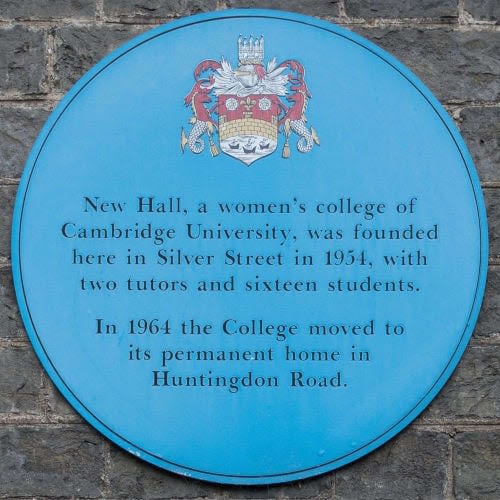
A blue plaque in Cambridge marking the original site of New Hall College on Silver Street
A blue plaque in Cambridge marking the original site of New Hall College on Silver Street.
Ann Cullen (née Harding), Natural Sciences alumna (1954-1957) and one of the original 16 'Silver Street ladies' from the College's inaugural year
On applying to Cambridge...
The government had just brought in regulations that you had five years to take your O-Levels, well I'd done mine quicker and I had a spare year. My teachers said I might as well try for Oxbridge, so I sat the entrance exam and had to write an essay and I got in.
It was wonderful! I feel very fortunate that I happened to be going to University at that time and could slip through the regulations before they changed.
On the early days of New Hall...
It was a bit scandalous but we had a wonderful time, the first 16 of us.
We were absolutely flavour of the month and anyone who was anyone invited New Hall to their party because,16 girls, they thought 'wonderful'. The garden at our house went down to the river, so people would punt up the river and then walk up our garden to come and call on us.
In our first year, for the Poppy Day Appeal, there was a large procession of lorries and fancy dress throughout the town to collect money - so we thought, we can do that! And we dressed up as St Trinian's girls and took part.
There was also a society called 'The Dampers' for people who'd fallen in the Cam from a punt and they had their summer party at New Hall. All sorts of lovely things like that happened.
And because there was only 16 of us, we got to know each other really well. It was a really sociable place and especially that first year, people made us feel very special.
Varsity, the student newspaper, even wrote about us and sent a photographer to take all our photographs to feature in the paper. Then people would spot us in the street and tick our picture off saying, 'Oh look there's one'.
But of course reality set in when we realised that actually, we had to take exams, get degrees and life could be serious too.
On life after Cambridge and joining Oxfam...
I got married very soon after university, so I started a completely different life having children and looking after a husband, as you did back then. Husbands in those days didn't do useful things or look after children. Everything's changed now thank goodness.
So I started my career in my 40's when I began working in a library before taking a secretarial course and joining Oxfam as an office administrator.
Then the Ethiopian famine in the 1980's happened and we were suddenly launched into major fundraising mode. It was a unique experience to be running this charity appeal, with known faces like newsreader Michael Buerk and television coming to cover it.
Lots of people who were quite famous rolled up their sleeves to help raise money. It was the first time that [such a widespread public campaign] had happened and I think that's what made it special. Live Aid came as a consequence of it.
We sent planes full of supplies and then boats full of supplies to help. Local people like bank clerks, were all coming after work to help. It was very moving.
On advice for young women now...
Get as many qualifications as you can, as young as you can!
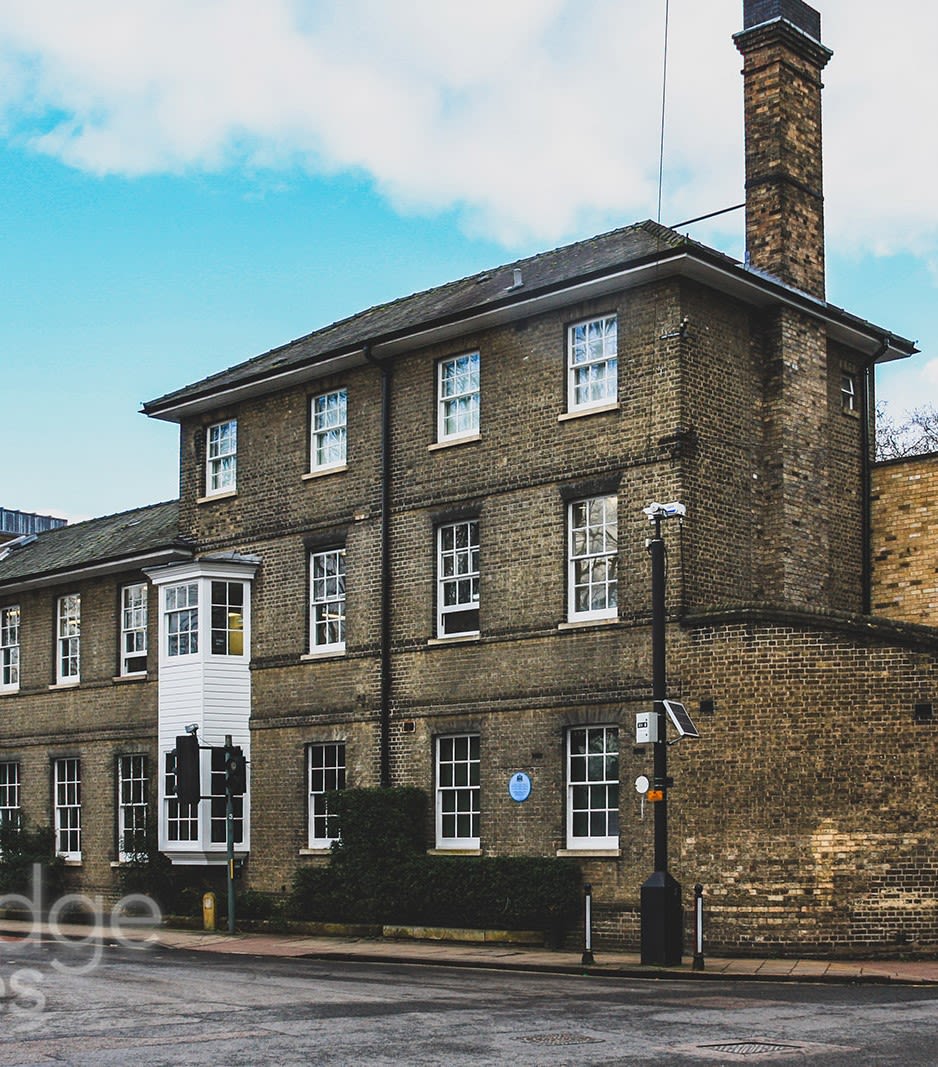
The original location of New Hall, now Murray Edwards, on Silver Street. Credit: Cambridge Colleges
The original location of New Hall, now Murray Edwards, on Silver Street. Credit: Cambridge Colleges
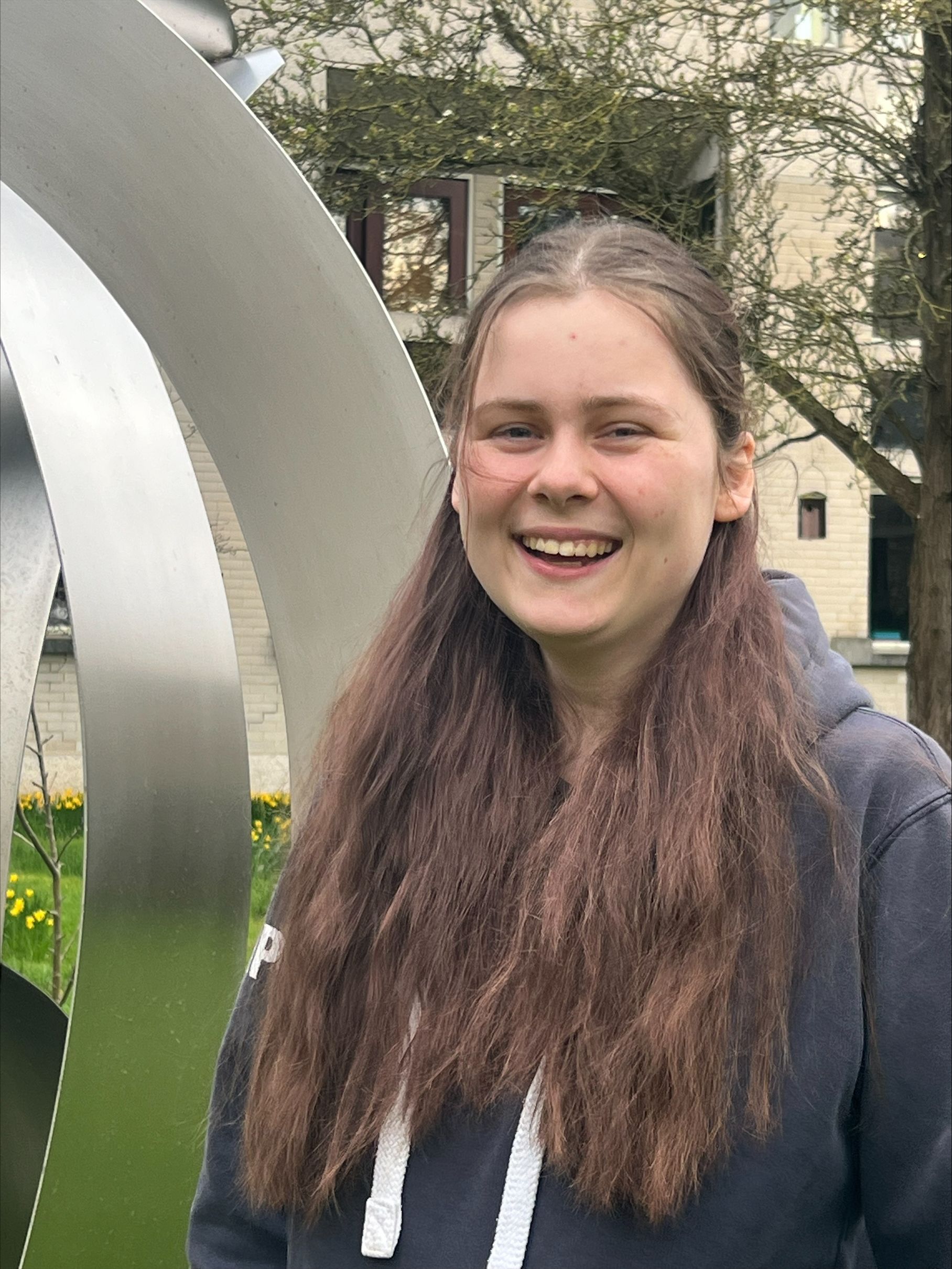
Katherine Perry in the grounds of Murray Edwards
Katherine Perry in the grounds of Murray Edwards

Murray Edwards College
Murray Edwards College
Katherine Perry, a first year History and Modern Languages student
On applying to Murray Edwards...
I went to an outreach day for History and Modern Languages at Medwards when I was in Year 12 – it was the first time I’d ever visited Cambridge and it immediately dispelled most of my preconceptions about the university.
The atmosphere was incredibly friendly and welcoming. I didn’t always plan to apply to a women’s college – mainly, I liked that Medwards is a bit further from the city centre, and has beautiful gardens. But I also quickly realised that being a women’s College was one of the aspects of Medwards that made it so supportive and friendly. This term, I am really looking forward to the in-college Fleabag watch party. If that’s not Medwards-core, I don’t know what is!
On living in a space created for women...
My favourite aspect of studying at a women’s college is our library. The Medwards library balances study spaces with communal activities and support, like the pink week crochet and knitting night, the nail painting station, and the weekly tea and biscuits. These things might seem trivial, but in a society where gendered power dynamics often feel inescapable, it is as important to be able to wind down in a space free from this. Also, the women’s fiction collection is excellent. I’m currently locked in a deadly library competition to read the most women’s prize for fiction winners. I have yet to experience a similar level of celebration of women’s achievements anywhere else.
My favourite aspect of living at Medwards is the Women’s Art Collection. Like the women’s fiction, there’s abundant inspiration for and celebration of women, without the gravitational pull of privilege that often causes women to be sidelined. There are (as far as I know), no portraits of old men staring down at me as if to tell me I am an imposter in some long male legacy.
On why Colleges for women are still important in 2024...
Though I hope for a society where no women-only spaces are necessary, I do not think we have reached that point, which is why women’s colleges are still important.
Studies on gender dynamics in college classrooms show that men, on average, speak for 1.6 times longer than women. It’s not just the numbers, either, but the context. Men were more likely to interrupt and speak without raising hands. I do not mean to insult all men, but if you have the privilege to feel insulted by these statistics then you have probably never been the woman on the receiving end of this power imbalance. Women’s spaces provide freedom from this ‘gravitational pull’ of privilege that amplifies men’s voices, and the room to learn how to take up space.
Beyond the academic environment, I would like to highlight that being a women’s college means that the gym is also no-men – a facility that some may find very useful – and access to more specific health resources is clear and easy.
To anyone women unsure about applying...
To be totally honest, it is easy to forget that you are at a women’s college, because the absence of men is not some lingering silence that hangs over us. When I do remember, it is the supportive atmosphere amongst students that I notice. With that in mind, briefly discard the “women’s” label and remember that Medwards and Newnham have numerous other draws. For instance, they are both known for their beautiful gardens, unique architecture, and access to ovens. Medwards is the closest college to Aldi (a lifesaver) and Newnham is approximately one snooze alarm away from the Sidgwick Site.
Remember that most of your academics, like lectures, classes, and some supervisions, are done outside of college, so there is plenty of opportunity to collaborate with men. The College sports, music, and academic societies are also often mixed – Medwards has a particularly strong relationship with its fellow hill colleges.
Mythbusting...
"Women’s colleges are like convents.”
Men are welcome all the time as visitors, and as students who may have supervisions here. If the convent lifestyle was in fact an appealing factor, then I believe there is one up the road.
“Women’s colleges are like high schools, and full of drama.”
Are we really still into perpetuating stereotypes about ‘catty’ women? In fact, if we lean into the theory that girls mature faster than boys, does that not tell an opposite story? It is simply a myth, with much deeper roots than any singular college or university.
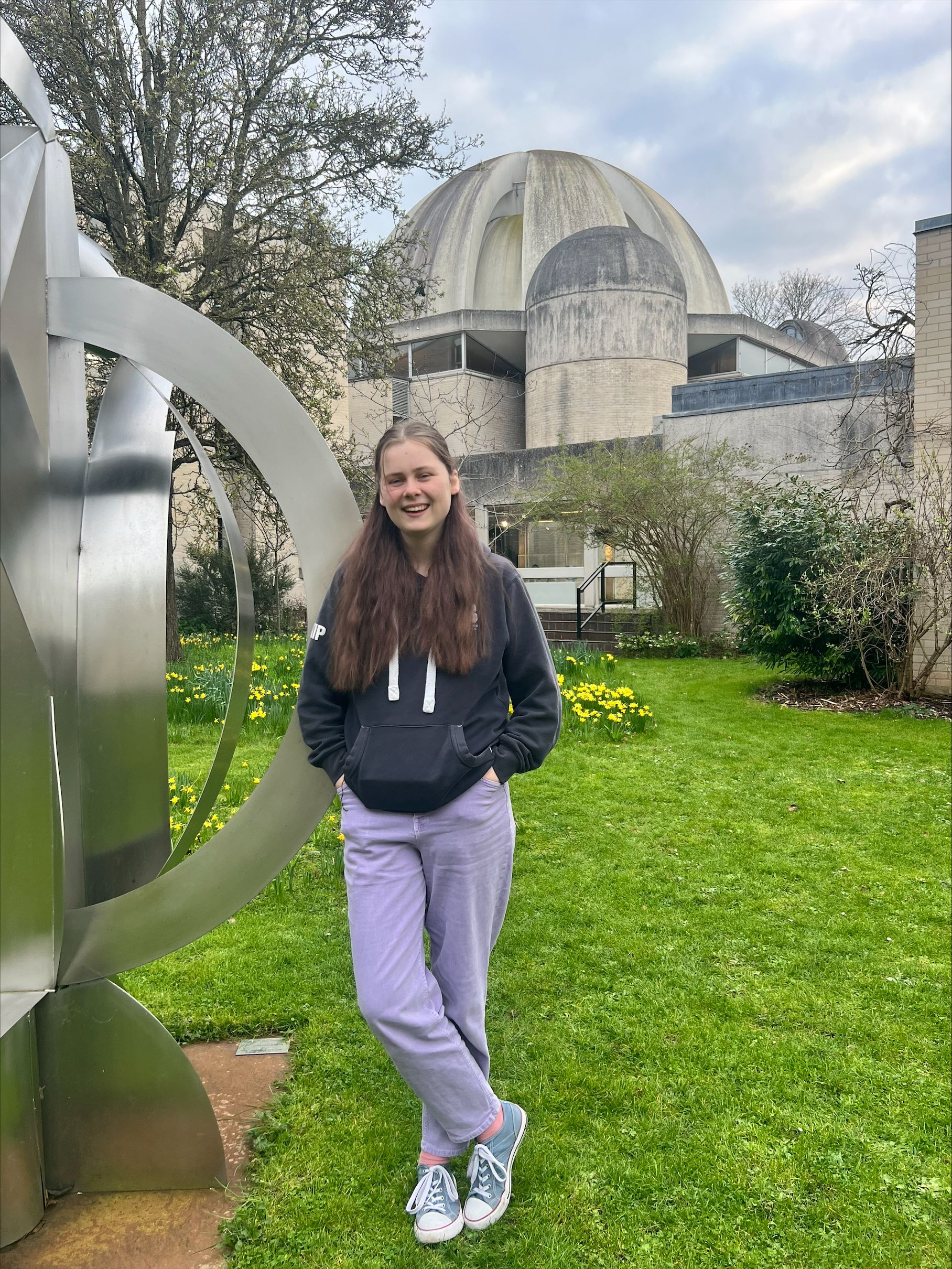
Katherine Perry
Katherine Perry
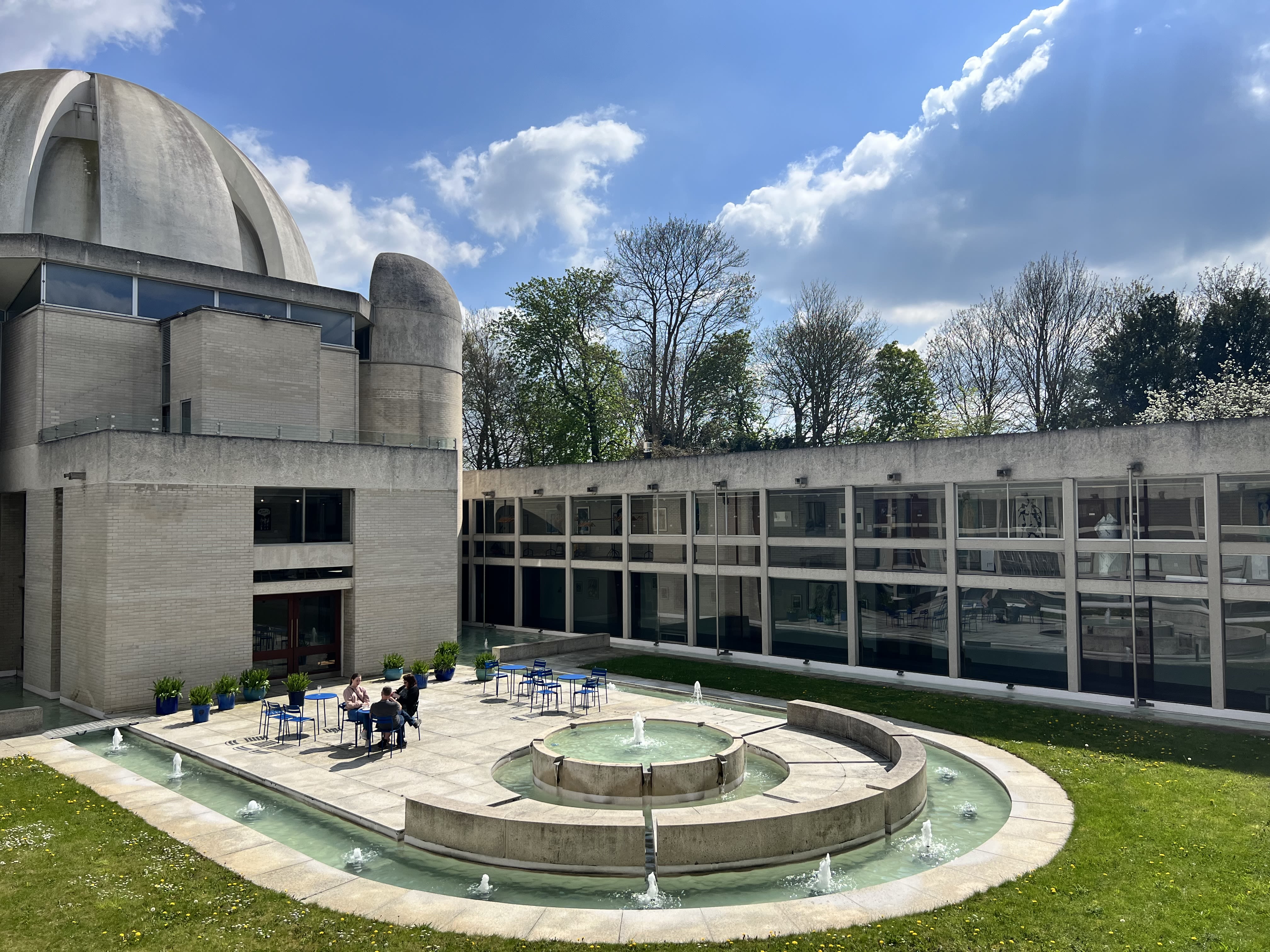
Murray Edwards College
Murray Edwards College
New Hall, now Murray Edwards, was founded to welcome all outstanding young women of potential, no matter what their background, to the University of Cambridge – with a mission to provide the best education for female students possible.
More than 70 years later, this remains at the heart of the College's existence. Murray Edwards chooses to remain a College for women in recognition of the fact that there is still much gender inequality facing women in the world today.
Thus there is a need for institutions such as Murray Edwards, and Newnham College, another Cambridge College for women, which offer the additional focus on women’s education, to make sure students get the most from Cambridge and, later, to help them meet the challenges of the workplace.
Explore the Murray Edwards website to learn more about what they have to offer, including The Women's Art Collection, a collection of modern and contemporary art by women. The largest of its kind in Europe, the Collection is free to visit and is on display across the College.

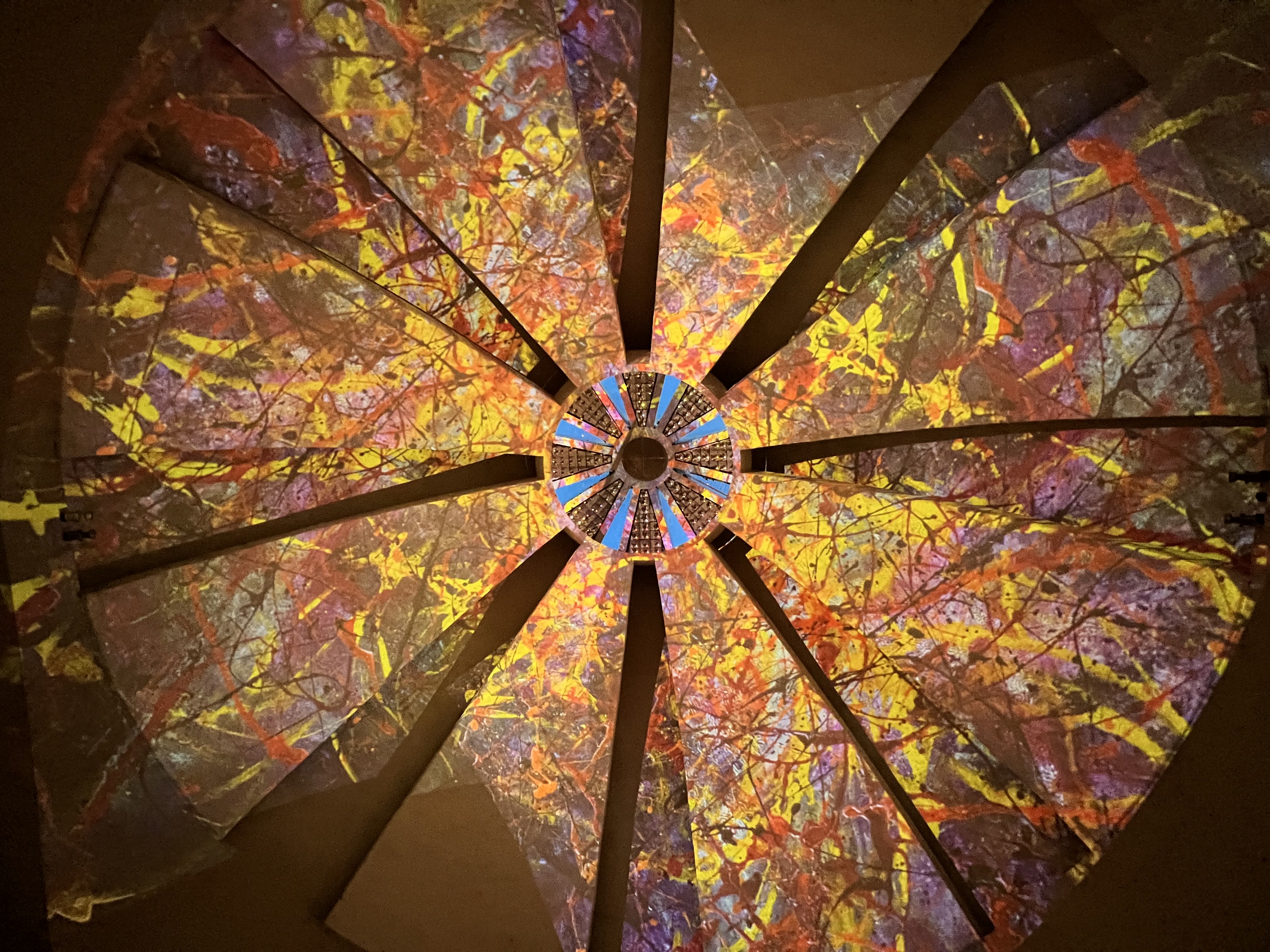

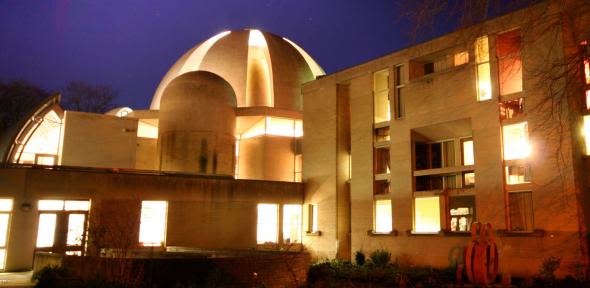

The text in this work is licensed under a Creative Commons Attribution 4.0 International License.